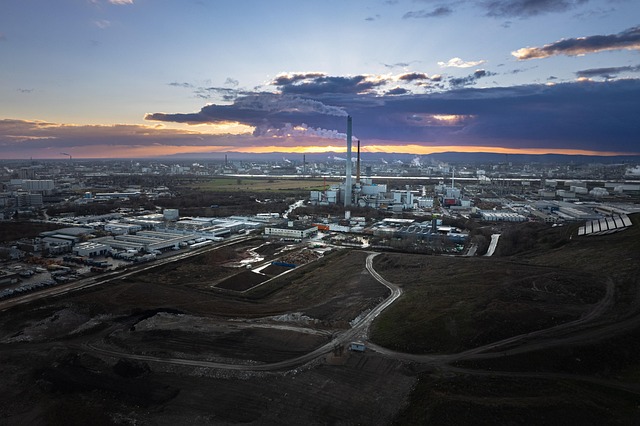
The Eco-Friendly Revolution: How Passive Houses are Reducing the Ecological Footprint Through Sustainable Development and Green Technologies
The Eco-Friendly Revolution: How Passive Houses are Reducing the Ecological Footprint Through Sustainable Development and Green Technologies
In an age where climate change poses one of the greatest challenges to humanity, the concept of the passive house stands out as a beacon of hope and innovation. By embracing sustainable development principles, these homes aim to create a minimal ecological footprint while providing a cozy sanctuary for its inhabitants. The shift towards energy efficiency and renewable resources has never been more critical, and passive houses serve as shining examples of how architecture can harmonize with our environment.
What is a Passive House?
At its core, a passive house is designed to be incredibly energy-efficient, using at least 75% less energy for heating and cooling compared to conventional buildings. This is achieved through exceptional insulation, airtight construction, and the strategic orientation of windows to maximize natural light and heat from the sun. By incorporating these principles, a passive house not only reduces energy consumption but also promotes a healthier indoor environment.
The Role of Sustainable Development
Sustainable development is about balancing human needs with the health of our planet. Passive houses epitomize this philosophy by creating buildings that consume less energy, thereby reducing reliance on fossil fuels and minimizing greenhouse gas emissions. Each time a new passive house is built, we take a step closer to creating a carbon-neutral future. The materials used are often locally sourced and sustainably harvested, further enhancing the eco-friendliness of these structures.
Lowering Your Ecological Footprint
The ecological footprint measures the overall environmental impact of our lifestyles. By choosing to live in a passive house, inhabitants contribute to a significant reduction in this footprint. These homes promote efficiency not just in their design but also in their utility usage—leading to lower energy bills and an overall sustainable lifestyle. It’s an empowering choice that not only benefits individuals but also the planet.
Embracing Green Technologies
Modern passive houses leverage the best of green technologies. From solar panels that harness renewable energy to advanced energy recovery ventilation systems that reduce heating demands, the integration of these technologies ensures a cozier home with a lesser environmental impact. With innovations continuously emerging, passive houses are at the forefront of showcasing how technology can enhance living quality while protecting our resources.
The Path to Carbon Neutral Living
As we strive for a carbon-neutral future, passive houses provide a model for how lifestyle changes can significantly impact the environment. These homes not only limit energy consumption but also inspire communities to rethink their relationship with nature and energy resources. Choosing a passive house is more than a personal commitment; it’s a pledge to the planet and future generations.
In summary, the passive house movement represents a tangible way we can participate in the eco-friendly revolution. By adopting these principles of sustainable development and harnessing green technologies, we can collectively reduce our ecological footprint and pave the way toward a more sustainable and carbon-neutral world. Through conscious choices, we can all be part of the solution, building homes that nurture both our well-being and that of our planet.



